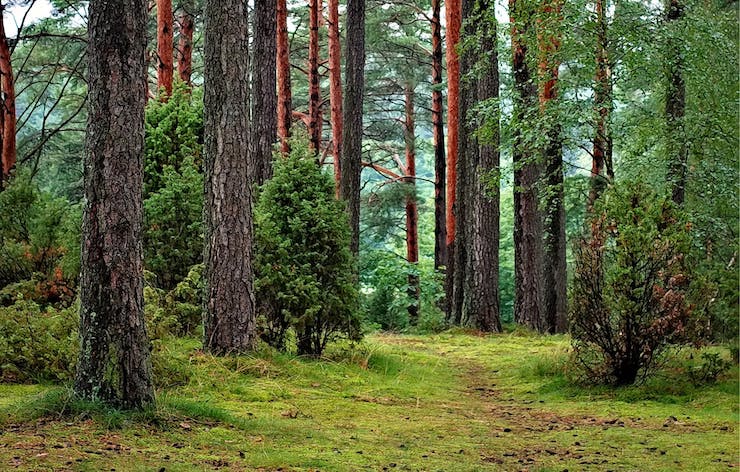Conservationists Using Drones to Safely Monitor Wildlife

Once again, drones are proving to be useful tools in fields that may surprise some. Wildlife conservationist are part of a small group of dedicated individuals that hope to preserve wildlife and the environments that support them. They also aim to study these animals in nature as much as possible to better understand them. It is a job that is often very un-glamorous and can be dangerous too. While trying to study creatures in the wild, scientists have to put themselves at risk. Being able to study a subject often involves observing from a small plane or helicopter. These small aircraft have become the number one killer of wildlife scientists.
The Wildlife Society Bulletin reported that 60 of the 91 field related deaths of wildlife scientists were from plane related accidents between the years 1937 and 2000. That doesn’t seem like a large number in actuality, but for a notoriously small field, it is a huge loss. In 2008, world renowned wildlife ecologist and conservation biologist David Steffen Maehr was acting as a visiting scientist with the Archbold Biological Station in Florida. He was tracking radio collared black bears from a single-engine plane. The plane crashed southwest of Lake Placid killing both Maehr and his pilot Mason Smoak. In 2013, 5 years after the conservation world lost Maehr, another conservationist lost her life. Kristina Kara Norstrom was a government conservationist who was tasked with flying all over Alberta, Canada to observe the wildlife inhabiting it’s vast forests. Her mother Linda was always nervous each time her daughter went out on an observation mission. She said, “Any time that they have to look for animals in the helicopter means there’s danger.” Sadly, Linda was right as the helicopter Kristina was in on May 29th while tracking caribou in the Birch Mountain area of Alberta crashed. The crash claimed the lives of both Kristina and her pilot Bryce Campbell.
But now, with the continued advancement of drone technology, wildlife experts are able to preform their jobs with a much higher standard of safety. Drones are able to bring the scientists in to the subject’s environment while they personally remain on the ground and a safe distance away. The drones are also able to gather better data on the subjects being observed and their environment. With HD cameras, thermal sensors, and GPS geo-tagging, conservationists are able to collect and analyze far larger amounts of data at a higher accuracy rate.
Another bonus of using drones for wildlife observations is that they can save researchers a lot of money. Having to rent a plane or helicopter with a pilot can cost thousands of dollars per flight. For many this could result in only one day of actual observations being made per season. Meanwhile a high quality drone can be purchased for as little as $1,000, and once the purchase has been made you can use it as often as desired. Operating a drone is also a relatively simple thing to do, far easier than learning how to pilot a passenger plane or helicopter.
One of the only draw backs to using a drone for wildlife observation is that wild creatures can be unpredictable. This is something James Junda found out the hard way while observing a family of ospreys in northwestern Montana. Junda was researching how drones can be used to monitor raptor birds. While filming the birds one morning, the male osprey became seemingly annoyed at the spying drone and attached it. As Junda and his assistant gathered the remains of his destroyed drone he realized just how lucky he was that it was only a piece of machinery that got damaged.
This brings up a theory that some think a drone can be too invasive and distracting to wild creatures. This is mostly not an issue. To begin with, a drone is far less obtrusive than a plane or helicopter. As James Junda also learned with another of his drones, the creatures being observed generally don’t seem to worried about the drones. One day Junda was filming the osprey family when the landing gear of his drone became ensnared on a stick in the osprey nest. The drone was stuck and flipped over into the nest. “I thought I might have hurt the chicks or scared the parents and they might abandon the nest,” Junda said. What happened instead was that the male osprey examined the foreign object for a bit, then covered it up with some twigs effectively incorporating it into their nest. Junda was able to observe all of these extraordinary behaviors from the still operating camera on the drone.
Drone use for wildlife conservationists have been steadily on the rise. As the FAA continues to lift certain restrictions this trend will most likely grow stronger. Drones are allowing scientists to observe the world around them in ways they once only imagined. The drones are keeping people safe while furthering research efforts, a perfect combination.
|